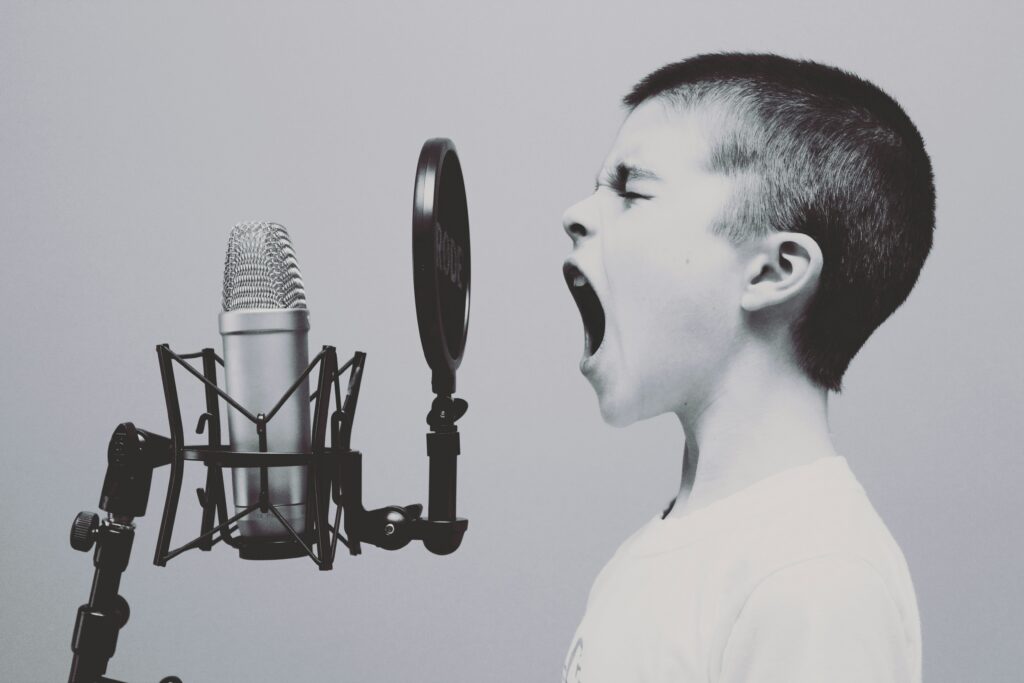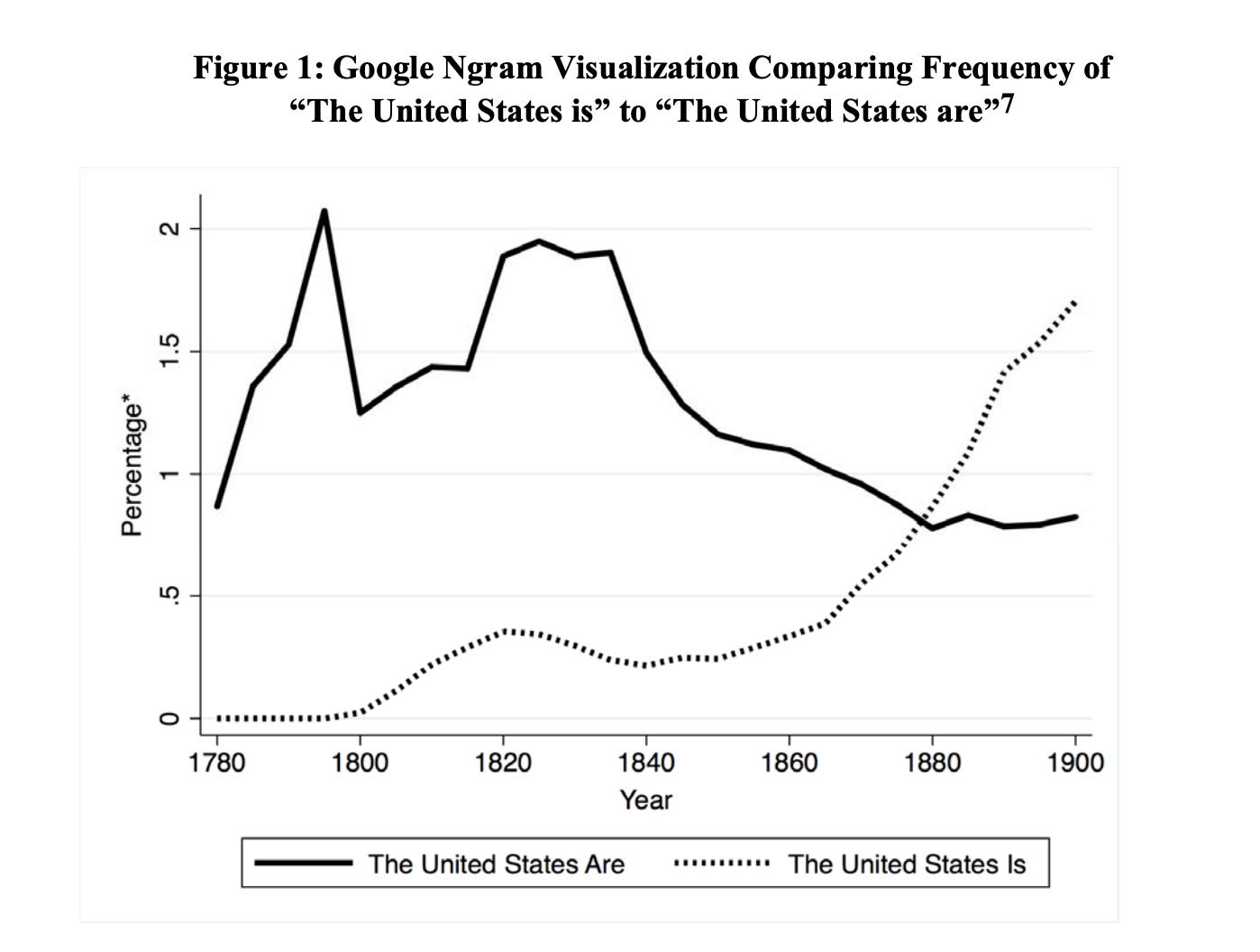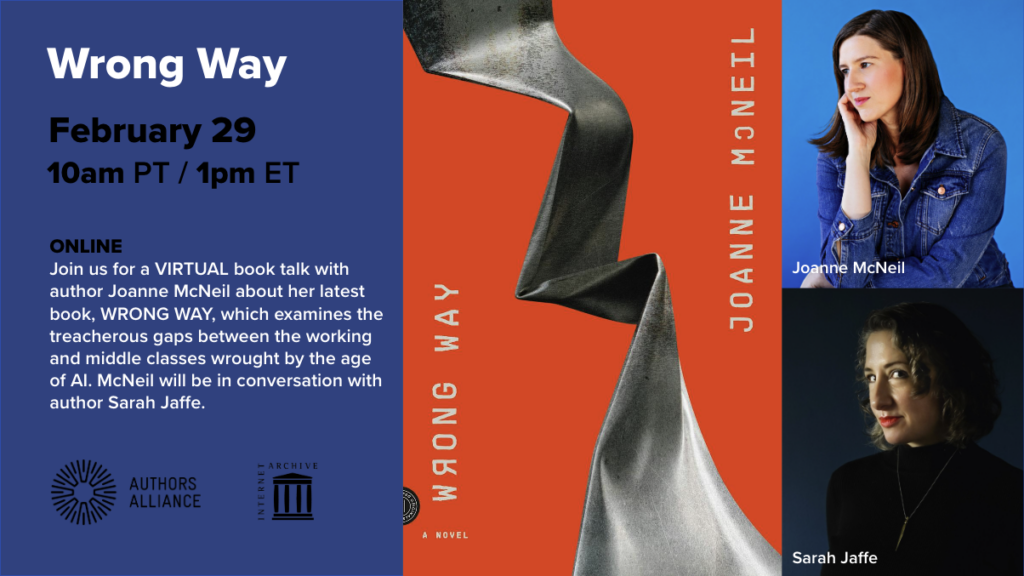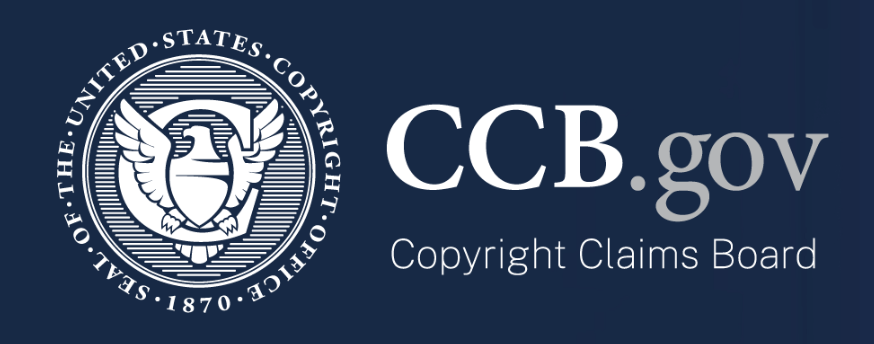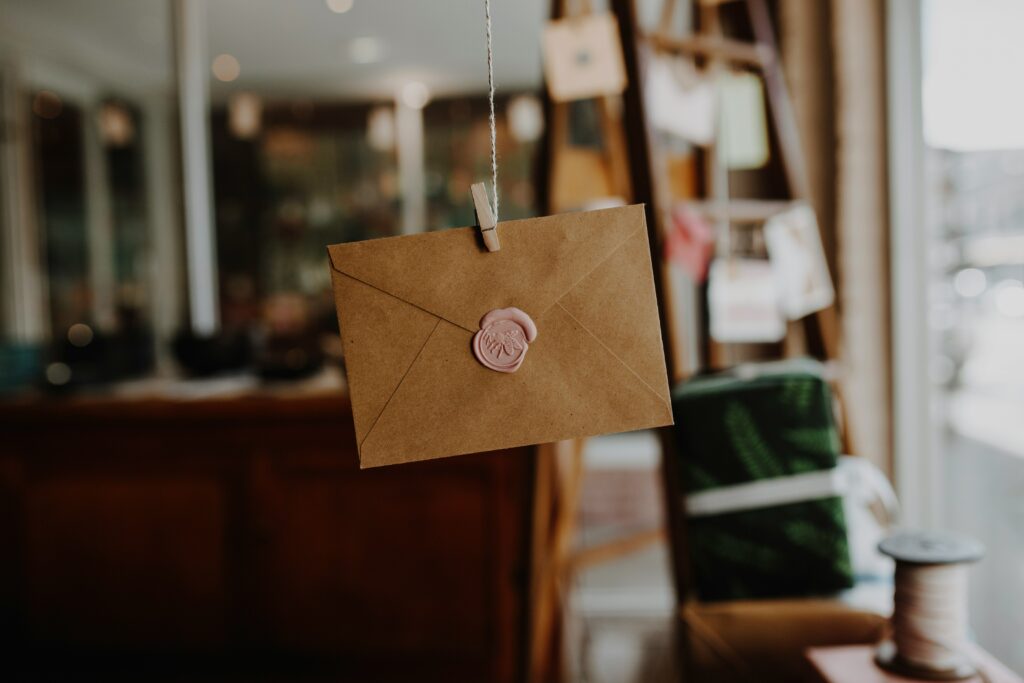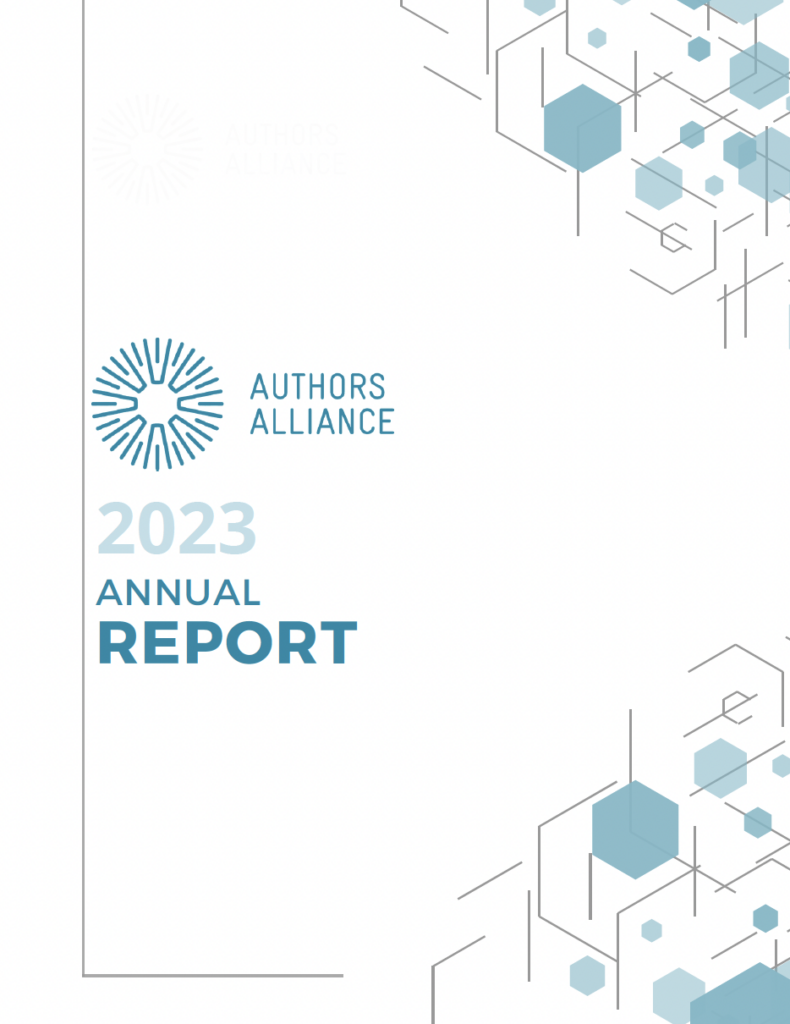Dave Hansen and Kyle Courtney jointly authored this post. They are also the authors of a White Paper on Controlled Digital Lending of Library Books. We are not, as the Publishers claim in their brief on page 13, a “cadre of boosters.” We wrote the paper independently as part of our combined decades of work on libraries and access to knowledge.
Earlier today the publishers (Hachette, Harper Collins, John Wiley, and Penguin Random House) filed their reply brief on appeal in their long-running lawsuit against Internet Archive, which challenges (among other things) the practice of controlled digital lending.
For the months after the decision, we had been observing all the hot takes, cheers, jeers, and awkward declarations about the case, the Internet Archive itself, and Controlled Digital Lending (CDL).
This post is not part of that fanfare. Here, we want to identify a few critical issues that the publishers focus on in their brief, including some questionable fair use analysis that they repeat from the district court below. Much of the brief is framed in heated rhetoric that may cause alarm, but much like publishers’ announcements about interlibrary loan, e-reserves, or document delivery, we believe controlled digital lending is here to stay, regardless of the lower court’s poor copyright analysis and current publisher’s brief.
Framing the Question
As is often the case, the parties disagree on what this case is actually about. For its part, Internet Archive says in their “Statement of the Issue on Appeal” that the question is “whether Internet Archive’s controlled digital lending is fair use.” Publishers, on the other hand, reframe the question more broadly, which in combination with their arguments through the brief, seems intended to not just kill IA’s implementation of controlled digital lending, but to encourage the court to rule in a way that would call into question all other library applications of CDL.. They say that the question is “whether IA’s infringement of the Publishers’ Works is fair use based on IA’s CDL theories and practices.”
This litigation, coordinated by the AAP, seems to us an attempt to undermine what libraries have done for centuries: lend the books that they already lawfully own. Ironically, the opposition calls CDL a made-up theory created by a “cadre of boosters,” but in actuality, it’s the publishers’ licensing system that is a modern, made-up invention. The works themselves are unchanged, but the nature of digital delivery allows publishers to charge people in new ways. There is nothing in the Copyright Act that states ebook licensing is, or should be, the default way for libraries to acquire and lend books.
Commercial vs. Non-Profit Use
One of the most criticized aspects of the decision below is the lower court’s conclusion that IA’s activities are commercial, as opposed to non-profit. The publisher’s brief enthusiastically embraces this conclusion, while also attempting to drive a wedge between IA’s lending and that of other libraries: “IA’s practices are distinctly commercial – especially in comparison to public and academic libraries.”
The district court concluded that IA’s activity was commercial because it “stands to profit” through its partnership with Better World Books on its website, and by “us[ing] its Website to attract new members, solicit donations, and bolster its standing in the library community” (p. 26).
As many amici pointed out earlier in the appeal, the use of a nonprofit’s website to solicit donations is routine; it would be chilling for sites like Wikipedia, Project Gutenberg, Hathitrust and others (all of whom filed briefs in this case) to face heightened copyright liability just because they seek donations in combination with aspects of their sites that rely on a fair use assertion. The publishers attempt to distance themselves from this absurd result (“The concern that Judge Koeltl’s analysis “would render virtually all nonprofit uses commercial” is wildly overblown”), but it is clear from the number and diversity of amici who filed to speak to just this issue that the concern is very real.
As for Better World Books (BWB): BWB is an online bookstore and a Certified B Corporation, meaning that it achieves high standards of social and environmental performance, transparency, and accountability. B Corps are committed to using business as a force for good in the world. According to its website, BWB donates books to nonprofit organizations, including the Internet Archive. As of November 2019, IA and BWB have a partnership to digitize books for preservation purposes.
The focus on the supposedly commercial relationship with Better World Books (a used book reseller) seems to us a stretch based on the facts. The publishers’ brief makes a big deal of Better World Books (referencing them over 20 times in the brief), and argues that IA’s use is commercial because a) IA encourages readers to purchase books through links on its site to Better World Books, and b) Better World Books donates some funds back to IA. The first point is perplexing–one would think they’d be pleased that readers are encouraged to purchase copies of their books–even if on the used market. But the later point about BetterWorld Books’ commercial influence on IA’s operation is just not rooted in the facts of the case. As IA laid out in its opening brief, it has only received $5,561.41 from Better World Books in the relevant time frame. That’s an infinitesimally small drop in the bucket compared to the costs that IA has borne to digitize and lend books for no monetary return from readers. It’s hard to see how such an amount could be construed to tilt IA’s entire operation into a commercial activity.
For anyone who has actually worked on such projects, it is clear that IA is not archiving or lending books for commercial purposes. The idea that there is money to be made in doing so is laughable. Instead, it is providing access to knowledge and cultural heritage. This fundamental point somehow got lost on the publishers on the road to enormous profits.
eBooks vs. Digitized Books
There are lots of nuances that got lost in the decision below, which we believe were helpfully addressed by amici filings earlier in this appeal (e.g., the privacy implications of licensed ebooks vs. CDL copies lent by libraries). The publishers seem happy to gloss over the details again in this brief, particularly when it comes to the differences between licensed ebooks and those that are lent out with CDL.
First, the publisher’s brief makes clear they really don’t like it when books are available for free.. They use the word 33 times (about every other page of the brief)! Many of the references obscure what “free” really means though – for example, asserting that “Two Publishers believe that 39-50% of American ebook consumers read their ebooks for free from libraries rather than paying for their own commercial ebooks” (emphasis added) while ignoring the exorbitant costs and other burdens placed on libraries and the public to fund that licensed access. This is a major part of why libraries have responded both by embracing CDL and by advocating for laws that would require fair licensing terms for ebooks. .
Second, as far as market harm goes, the Publisher’s assert that “IA offered the Publishers’ library and consumer customers a free competing substitute to the authorized ebook editions” essentially arguing that “you can’t compete with free.” But, that is just not true. Examples are trivially easy to conjure up open source software vs. Microsoft or iOS. How often do you run into someone who uses Libre Open Office, or Ubuntu? And of course in creative industries, we’ve seen this kind of model take hold in numerous areas, including book publishing, with “freemium” models.’
That’s because products that are free often offer a different user experience than those that aren’t. Usually when someone opts to pay, they’re paying for an enhanced experience. The same holds true of books scanned for CDL vs. licensed ebooks. CDL books are just that – they are digitized physical books. They don’t have the nice, crisp text of licensed ebooks, nor the interactive features. You can’t highlight, or change the font, or look up a word by touching it, or do any of the myriad of functions that you can with an ebook.
That a library is loaning and controlling those copies is also a major distinguishing factor, because borrowing a book from a library (along with all the special privacy protections one receives) provides a vastly different reading environment than one in which vendors can scrape, process and sell data about your reading experience. Notably, the publishers did not engage with this argument.
“IA refuses to pay the customary price and join the Publishers’ thriving market for authorized library ebooks…”
Good gravy! According to the publishers, libraries should be forced to pay over and over again for the same book, to join a market for which there is no evidence that they are harming.
The publishers’ devote a large portion of their brief – nearly 20 pages– to arguing about market harm. Most of it comes down to the assertion that mere fact of the existence of a digital book market means that CDL must negatively impact the rightsholders’ profits (despite no empirical evidence of market harm). The lower court decision stated that IA has the “burden to show a lack of market harm” (p. 43), and concluded (without reference to meaningful evidence) that “that harm here is evident” (p. 44), an assumption which the publishers are happy to rest on.
There is a genuinely important legal question raised here about which party needs to prove what when it comes to market harm. The publisher’s brief relies heavily on the idea that IA bears the burden on every point of its fair use defense, especially market harm. But as IA points out in its opening brief,
“Although the Supreme Court has stated fair use is an affirmative defense for which defendants bear the burden (Campbell, 510 U.S. at 1177), it has also suggested this burden may apply differently to noncommercial uses than commercial ones. Sony stated that noncommercial cases require “a showing by a preponderance of the evidence that some meaningful likelihood of future harm exists.” 464 U.S. at 417; see Princeton Univ. Press v. Mich. Document Servs., Inc., 99 F.3d 1381, 1385- 86 (6th Cir. 1996) (“The burden of proof as to market effect rests with the copyright holder if the challenged use is of a ‘noncommercial’ nature.”).
Conclusion
The brief is predictably hyperbolic, and continues to refuse to allow for any room for digital lending based on a misreading, in our view, of precedents such as Sony, TVEyes, and ReDigi. But, CDL is not some form of library-sanctioned piracy. CDL is based in copyright, fair use, and the public mission of libraries, while also broadening access to the books that library systems spend billions of dollars to collect and maintain for the public—including long-neglected, out-of-print books with enormous social and scholarly value and books for which commercial ebook licenses are not available.
During the pandemic, the importance of digital library access became strikingly apparent. It is unfortunate that the Publishers chose that moment of national emergency to sue a non-profit library for loaning books digitally. CDL simply seeks to preserve the library’s long-established and vital mission to collect and lend books in an increasingly licensed-access digital world.



